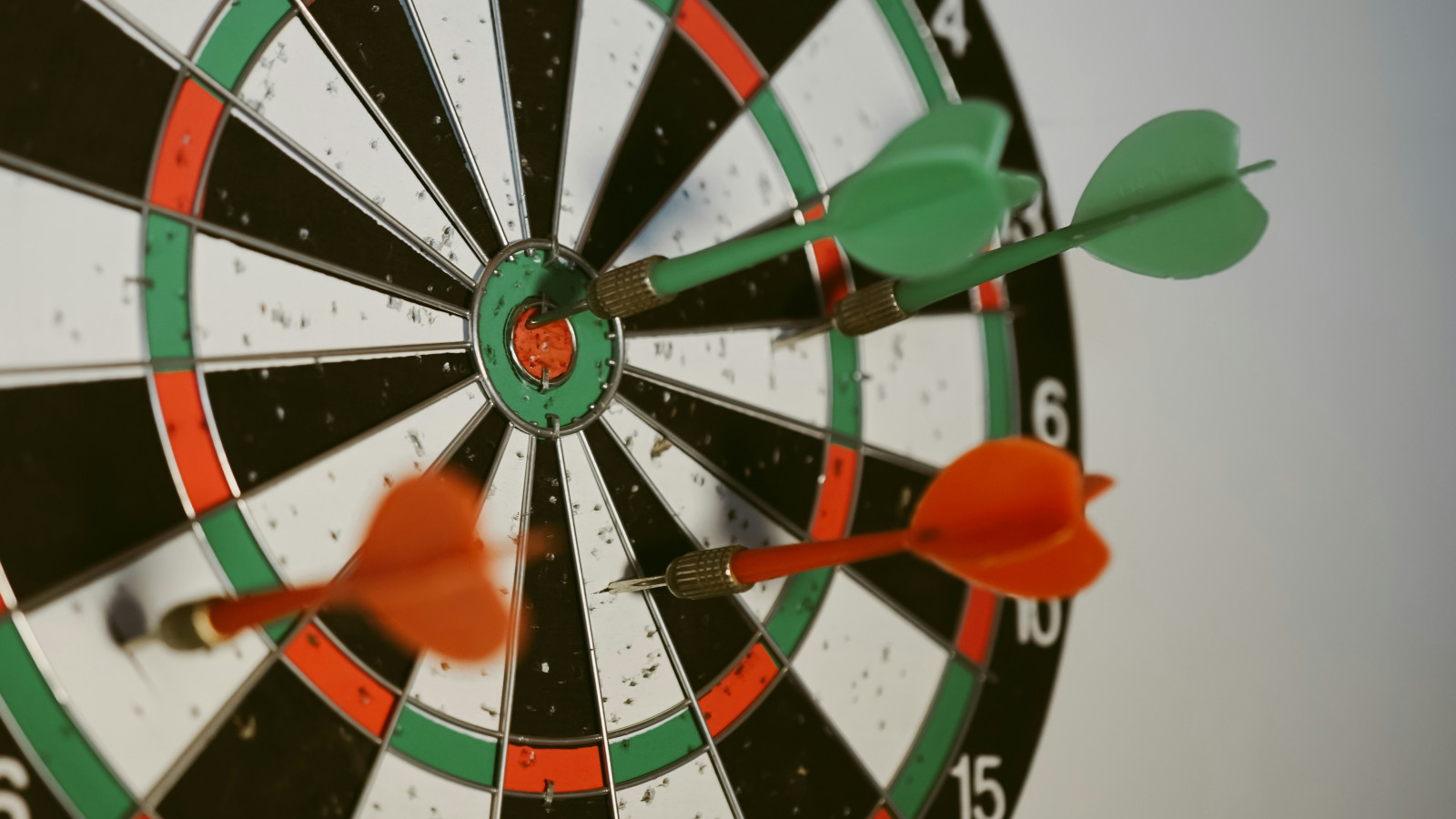Artist subscriptions and the myth of a silver bullet

Photo: Afif Ramdhasuma

Artist subscriptions are back in the music industry discourse and the takes are piping hot. James Blake lit up X with his announcement of subscription platform Vault, Warner Music Group is building its own superfan platform, and Spotify confirmed that “superfan clubs” are soon to come. But others are sceptical of demand for these products and quick to point out that we have seen this movie before. Vault seems a lot like Patreon, and similar features exist on Bandcamp, Discord, and Medallion. We have yet to see game-changing, scalable success (and as Water & Music pointed out, not even fan whisperer Taylor Swift could make a superfan platform work). Think of it this way: How many artists do you currently subscribe to? Do you subscribe to any at all?
Our take, nonetheless, is that artist subscriptions can work. When it comes to execution, many of the platforms out there make four common mistakes, all carrying lessons to be learned.
Mistake one: Focusing too much on the platform and not the underlying behaviour
What we do not need is another platform. Direct artist subscriptions probably make the most sense integrated within streaming platforms. Artists will have to trade control and some revenue, but asking fans to migrate to an entirely separate platform is unlikely to succeed. What we do need is a better way to map music listener behaviour to a recurring subscription format, regardless of where that subscription lives.
In many ways, artist subscriptions seem incompatible with music. Most artists do not release music on a regular enough basis and, for most listeners, fandom does not follow a month-to-month schedule — it ebbs and flows. Speaking of which, being a superfan — researching an artist, understanding the lore, staying updated on their life — takes time and energy. So without even mentioning financial subscription fatigue, the average fan can likely only be expected to subscribe to one or two artists. Perhaps an add-on tier for a streaming service could give fans credits to subscribe to three artists per month, with the option to switch it up each billing cycle.
It is also worth preparing for the current superfan hype cycle to inevitably enter the trough of disillusionment. While we strongly believe in monetising fandom, the industry is expecting too much from listeners who have been conditioned to focus on songs over artists for the past decade. In one of his tweets, Blake noted that listeners have been “brainwashed” into “thinking music is free.” If listeners are truly brainwashed, we cannot expect so many of them to suddenly have an appetite for subscriptions. That type of fandom will need to be cultivated over time.
Featured Report
Music streaming consumer profile Q4 2024 Stabilisation and fandom slowdown
Consumer music behaviours are both stabilising and showing signs of coming change. Change that could be challenging for all music business stakeholders, especially with regards to fandom monetisation....
Find out more…Mistake two: Assuming one type of fan
The next challenge is designing a subscription that works for different types of fans. Some superfans are more focused on the artist behind the music, while others are more interested in the music itself — the creation process, decoding the lyrics, etc. Some will be new fans who are just discovering the artist’s back catalogue, while others have heard it all and are only excited about getting something new.
This challenge is not specific to music, and neither are potential solutions. In his latest rumination on the “subscription death cycle,” Ryan Broderick of Garbage Day argued that subscription newsletters like his own are not one single business model. He finds that there are three: “Parasocial,” where subscriptions depend on the connection between writer and audience; “binge,” which opens up a trove of past content; and “access,” where subscribers sign up primarily for what is new. Artists could take a page from this book, allowing different types of fans to dial up or down on various perks depending on their preferences.
Mistake three: Focusing on artist access
Despite the wide range of fan behaviours, there is one common truth: Artist access is losing its value. Music streaming should have taught us that once you make something ubiquitous, it loses value to consumers. But the industry has fallen into the same trap with social media. Now that behind-the-scenes content and artist Q&As are all over social platforms, consumers are less willing to pay for these features, according to MIDiA’s Q1 2023 consumer survey. Yet, these features are often offered as subscription perks. On the other hand, consumers expressed the greatest willingness to pay for early and exclusive access to music, live tickets, and merchandise (something Vault gets right). Why? Because these things are scarce and therefore valuable. This is also good news for artists as simply gating access to new music (or releasing demos that are already in their hard drive) requires a lot less work than producing extra content.
Mistake four: Thinking of superfans as a silver bullet
Monetising fandom is a critical part of the future of this industry, full stop. But it is not the only part of that future. Casual listeners have, and always will be, critical to the industry as well. Consider that because artist-focused superfans tend to connect deeply with the artist behind the music (not just the music itself), many of them stream music less. Superfans of music as a whole, who care more about breadth than depth, stream music more, as might many passive listeners who play music in the background of their lives.
For the past decade, the pendulum of change has swung a bit too far from one extreme to another: Physical-only to everything in the metaverse, scarce goods to everything-everywhere-all-at-once, and now, a laser focus on audiences to a laser focus on fans. There will be no silver bullet solution for the music industry’s complex set of issues. Subscriptions are an important piece of a much bigger puzzle.

The discussion around this post has not yet got started, be the first to add an opinion.